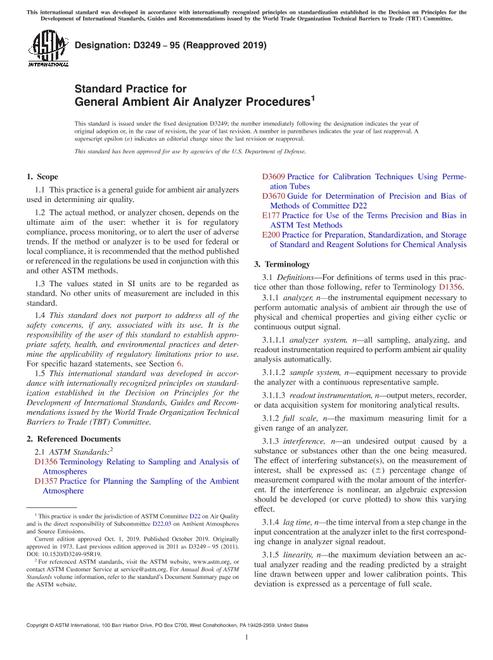-
-
Available Formats
- Options
- Availability
- Priced From ( in USD )
-
Available Formats
-
- Immediate download
- $69.00
- Add to Cart
-
- Printed Edition
- Ships in 1-2 business days
- $69.00
- Add to Cart
Customers Who Bought This Also Bought
-

ASTM D4358-05
Priced From $52.00 -

ASTM D3249-95(2019)
Priced From $50.00 -

ASTM D5954-22a
Priced From $63.00 -

ASTM D5157-19
Priced From $42.00
About This Item
Full Description
Document History
-
ASTM D6245-24
currently
viewing
Standard Guide on the Relationship of Indoor Carbon Dioxide Concentrations to Indoor Air Quality and Ventilation- Most Recent
-
ASTM D6245-18
Standard Guide for Using Indoor Carbon Dioxide Concentrations to Evaluate Indoor Air Quality and Ventilation- Historical Version
-
ASTM D6245-12
Standard Guide for Using Indoor Carbon Dioxide Concentrations to Evaluate Indoor Air Quality and Ventilation- Historical Version
-
ASTM D6245-07
Standard Guide for Using Indoor Carbon Dioxide Concentrations to Evaluate Indoor Air Quality and Ventilation- Historical Version
-
ASTM D6245-98(2002)
Standard Guide for Using Indoor Carbon Dioxide Concentrations to Evaluate Indoor Air Quality and Ventilation- Historical Version
-
ASTM D6245-98
Standard Guide for Using Indoor Carbon Dioxide Concentrations to Evaluate Indoor Air Quality and Ventilation- Historical Version





